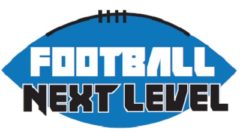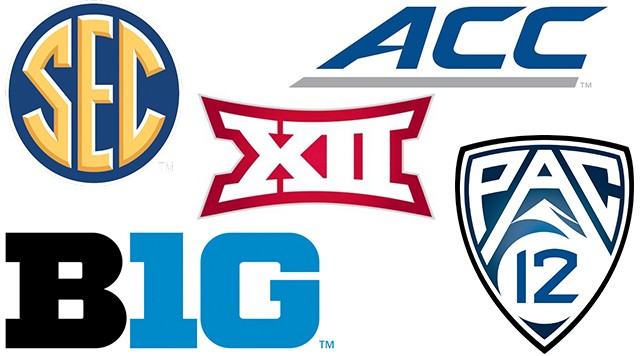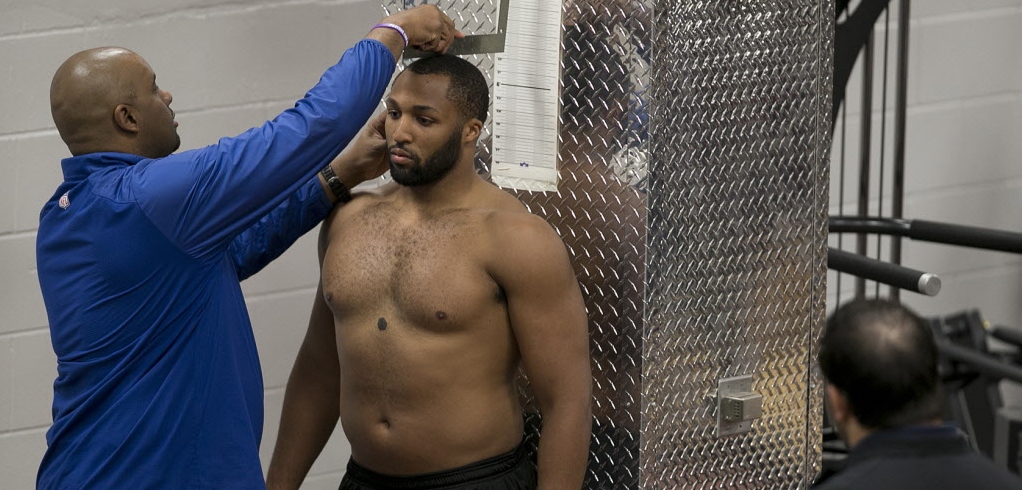
By Justin VanFulpen
In the past 20 years since Mike Mamula’s 1995 NFL Combine, training for the NFL Combine has become a big business. There are hundreds of places that say they do NFL Combine training and now training facilities recruit like agents. But do you need to go to a big training facility to be successful in the NFL draft the answer is NO.
If we look at this year’s draft two of the top five players drafted WR Amari Cooper, Alabama (Drafted by the Raiders 4th overall) and OT Brandon Scherff, Iowa (Drafted by the Redskins 5th overall) both trained at school. Also Bud Dupree, Kentucky the 22nd overall pick by the Pittsburgh Steelers trained at school.
17 players that where drafted in the 2015 NFL Draft trained at school. There are different factors that need to be looked at when making a decision where to training for the NFL Combine or your Pro Day. A few of them are:
Location – Everyone loves the sun and warm weather but remember where the NFL Combine is located at. It is in Indianapolis, Indiana in late February. I have been in the NFL combine for the past 15 years it is never warm and sunny. Also think about where you go to school since that is where your Pro Day is at. Players in the past have gone away to train in warm weather and then haven’t performed as well as they wanted to in Indy or at their school Pro Day since the weather was complete different.
Personal Attention – How many guys will you be training with? Will there be 50 guys training with you and if so how much work on technique will there be done. If you are going somewhere other the school most likely you or someone else is paying that trainer, so that trainer gets paid no matter if you get drafted or don’t so just need to make sure they have your best interest in mind as well.
Position Specific Training – Who is working with you to get better at your position? Will there be anyone that played or coached your position before?
Medical/Rehab – After every football season everyone body is banged up or have some type of injury could be major or minor but need to have a place that will take that into consideration.
Familiar Surrounding – Depending on your bowl game/playoffs as well as getting invited to an all-star game you won’t have a lot of time to get settled into your routine before the NFL combine so that is something to take into consideration.
Your Individual Plan – Some guys don’t take a lot of this into consideration and just default into whatever work for past teams or what they feel is a “big” name training facility. But you need to remember that everyone is different.
But when you get to training for the combine or your Pro Day 80% of your grade has already be decided with what you did on the field. Because as everyone knows the eye in the sky doesn’t lie when it comes to film.
In any type of training the biggest thing is you are going get out what you put in.


 By Justin VanFulpen
By Justin VanFulpen By Justin VanFulpen
By Justin VanFulpen
